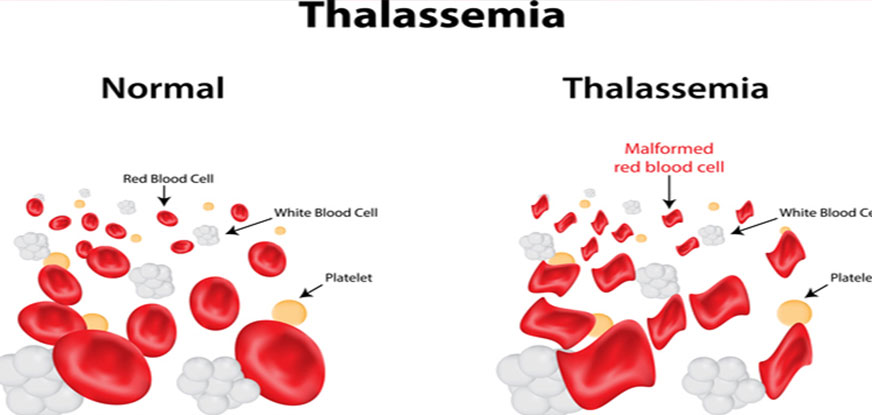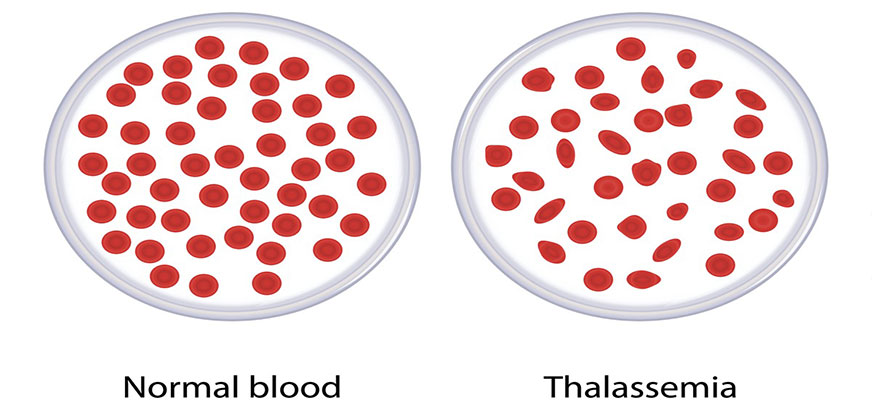What is Thalassemia?
Thalassemia is a genetic disorder of the blood found in children. Thalassemia in the severe form is called Thalassemia Major. In India, over 10,000 children are born each year with the major form of this disease, which is often fatal.
Children with thalassemia inherit the genes from both parents. The treatment needs regular blood transfusions, and the frequency of transfusions affect the normal life of a child with this disease.
The child becomes listless and irritable a few months after birth, as an indication of thalassemia. By 6-9 months, most children need regular blood transfusions for survival.
Challenges in life for a child with thalassemia:
Blood transfusion is needed once every 4 to 6 weeks to maintain haemoglobin levels above 12 gm%, and not letting it sink below 9 gm%. Such a transfusion schedule, if maintained diligently results in normal growth and development of the child. However, this comes at a cost.
But regular blood transfusions that save child can also result in death of the child! Frequent blood transfusions result in excess iron in the blood, and the excess iron gets deposited in critical organs such as the heart and the liver. This can ultimately lead to death.
So removing the excess iron from the thalassemic child’s body is a process called chelation. Desferrioxamine was the first drug used for chelation. But desferrioxamine can only be injected through the veins or under the skin. The children with thalassemia need small pumps to continuously inject this drug for 8-10 hours, usually at night.
Children disliked the unpleasant process and often ignore the chelation schedule, that can lead to death. The average survival age of children with thalassemia in developing countries barely exceeds 20 years.
Symptoms of thalassemia:
The symptoms of thalassemia can vary. Some of the most common ones include:
- Bone deformities, especially in the face
- Dark urine
- Delayed growth and development
- Excessive tiredness and fatigue
- Yellow or pale skin
Not everyone has visible symptoms of thalassemia. Signs of the disorder also tend to show up later in childhood or adolescence.
Different types of thalassemias:
There are three main types of thalassemia (and four subtypes):
- Beta thalassemia, which includes the subtypes major and intermedia
- Alpha thalassemia, which include the subtypes hemoglobin H and hydrops fetalis
- Thalassemia minor
- All of these types and subtypes vary in symptoms and severity. The onset may also vary slightly.
Treatment options for thalassemia:
Some of the treatments include:
- Blood transfusions
- Bone marrow transplant
- Medications and supplements
- Possible surgery to remove the spleen or gallbladder



